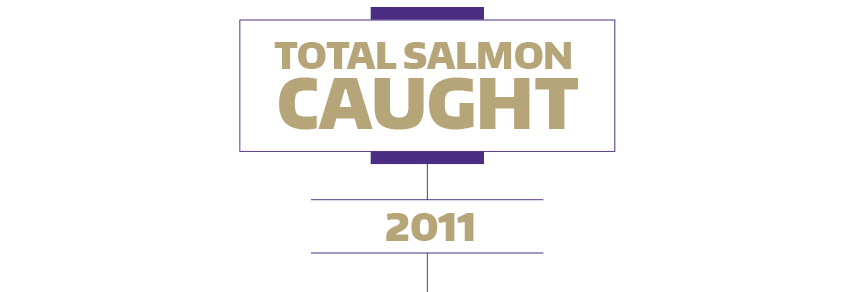A BRIEF HISTORY OF THE ALASKAN SALMON PROJECT
Bristol Bay, Alaska is home to the largest, healthiest and most valuable salmon fisheries — but it hasn’t always been that way. When commercial fishing of salmon began more than a century ago, management came down to one loosely enforced rule: don’t overfish. Restrictions on fishing gear and location were placed, then Congress passed an act that required 50 percent of the returning salmon made it to spawning grounds. But there was no science to back it up, and when the population started to diminish by millions, the industry turned to the University of Washington for answers: Why has there been such a dramatic decline in population? What can we do management-wise to restore the salmon runs to their original level?
That was in 1946. Fast-forward 70 years later, and the UW has a suite of summer camp–like facilities in southwest Alaska dedicated entirely to looking at factors — evolutionary, ecological and industry-related — influencing sockeye salmon production that are led by the pioneers in the field: Tom Quinn, Ray Hilborn and Daniel Schindler, all fisheries professors in the School of Aquatic and Fishery Sciences.










